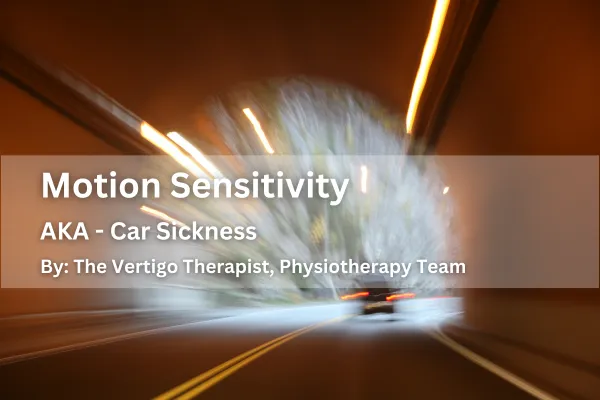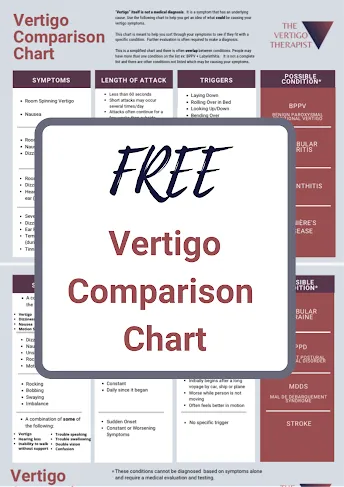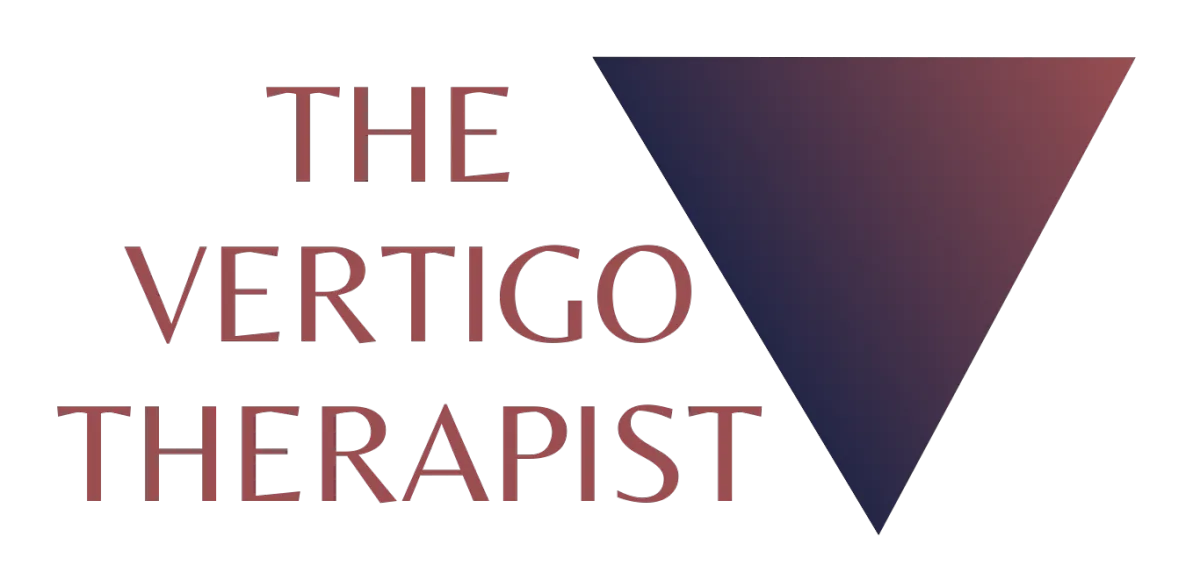Articles + Blog Posts
created by The Vertigo Therapist team.

Motion Sensitivity
AKA - Car Sickness
“Have you ever had motion sickness in a car, train, airplane, bus or ROLLERCOASTER?"
Let's Learn more about what it is and how vestibular physiotherapy can help!
Motion Sickness vs. Visually Induced Motion Sickness (VIMS)
Motion Sickness = sickness from the physical motion of the person
VIMS = sickness is triggered by something that you see in motion ie - watching an imax movie
What are the criteria for diagnosis?
Physical motion of the person or visual motion creates AT LEAST ONE of the following symptoms: Nausea &/or upset stomach, vomiting, burping, desire to move bowels, thermoregulatory disruption (overheating or being too cold), alterations in arousal, dizziness &/or vertigo, headache &/or eye strain
Signs &/or symptoms occur during motion and build with prolonged exposure
Signs &/or symptoms eventually stop when motion is stopped
Signs &/or symptoms are not better accounted for by another disease or disorder
Motion Sickness Signs & Symptoms
Primary Signs: nausea & vomiting
Other commonly related symptoms: stomach awareness, sweating & cold sweating, dizziness, sensations of bodily warmth, drowsiness, headache, loss of appetite, increased sensitivity to smells
What can provoke motion sickness?
A wide range of stimuli & situations including: cars, tilting trains, planes, funfair rides, weightless in outer space, virtual reality, or simulators

Causes & Reasons for Motion Sickness
Sensory mismatch between the vestibular, visual and kinesthetic (sensory receptors- aka where we are in space) inputs
Sensory conflict often occurs between A) Visual and Vestibular Inputs and B) Mismatch between the Semicircular Canals & Otoliths.
That is to say, your visual system is telling your brain one thing, while your vestibular system is telling it something else. This mismatch can trigger motion sickness.
Who is more likely to get to Motion Sickness?
Can be genetic (approx. 55-70% )
Women more affected than Men
Women more likely to report vomiting with motion sickness
Susceptibility for women varies within the menstrual cycle (often peaks with menstruation)
Patients with vestibular pathology & disease (e.g. BPPV, vestibular neuritis, etc.)
Associated with migraine & Meniere's disease
Vestibular migraine especially susceptible to motion sickness
How does Vestibular Rehab help?
A vestibular PT helps create an individualized program based on assessment findings that may include: progressive eye, head, full body movements (e.g. bending/turning) or walking exercises.
Specific measures with motion sickness &/or visual vertigo to reduce hyper-sensitivity to visual motion. This helps by promoting desensitization & increase tolerance to visual stimuli
Research has shown that patients benefit from gradual & repeated exercises to help reduce dizziness and motion sensitivity.
Read what one of our patients has to say about working with us for her motion sickness:
“I found The Vertigo Therapist through a driving.ca article my husband was reading. He was keen for me to inquire given how horrible of a passenger I am! I have lived with motion sickness my entire life with it worsening in the last 5 years. The severity was such that I would consider not attending events if there was a drive beyond 10 minutes involved. As I am often unsuccessful even with over the counter remedies, I thought it worth a shot to attempt getting at the root cause of my motion sickness. I was pleasantly surprised with the speed with which I could be seen and with the thorough assessment done through a user-friendly app. I have been diligent with the treatment plan following my online check ins and continued assessments and for the first time in my life have traveled without the use of medication. My journey will be ongoing but the progress in a matter of months is life-changing! Thanks so much!" ~MM
Does your motion sickness impact your desire to travel or ride that roller coaster with your kids?
If so, reach out to your local vestibular therapist!
If you want more information on how virtual vestibular physiotherapy can help with your motion sickness book an initial assessment session either ONLINE or INPERSON.
Resources:
Bronstein, A. M., Golding, J. F., & Gresty, M. A. (2020). Visual vertigo, motion sickness, and disorientation in vehicles. Seminars in Neurology, 40(01), 116–129. https://doi.org/10.1055/s-0040-1701653
Vestibular rehabilitation: Use of accessible technology ... (n.d.). Retrieved April 21, 2022, from https://www.medicina.ufmg.br/eventos/wp-content/uploads/sites/85/2021/09/10_Vestibular-rehabilitation-use-of-accessible-technology-for-the-treatment-of-motion-sickness.pdf

Vertigo is a symptom, NOT a diagnosis.
FREE VERTIGO COMPARISON CHART
Knowing the true cause of your vertigo is
the KEY to treating it properly.
Download the FREE Vertigo Symptom Comparison Chart
Online OR
1960 Appleby Ln. Suite 25
Burlington, Ontario L7L 0B7
Call 365-440-8614
Email: admin@thevertigotherapist.com

